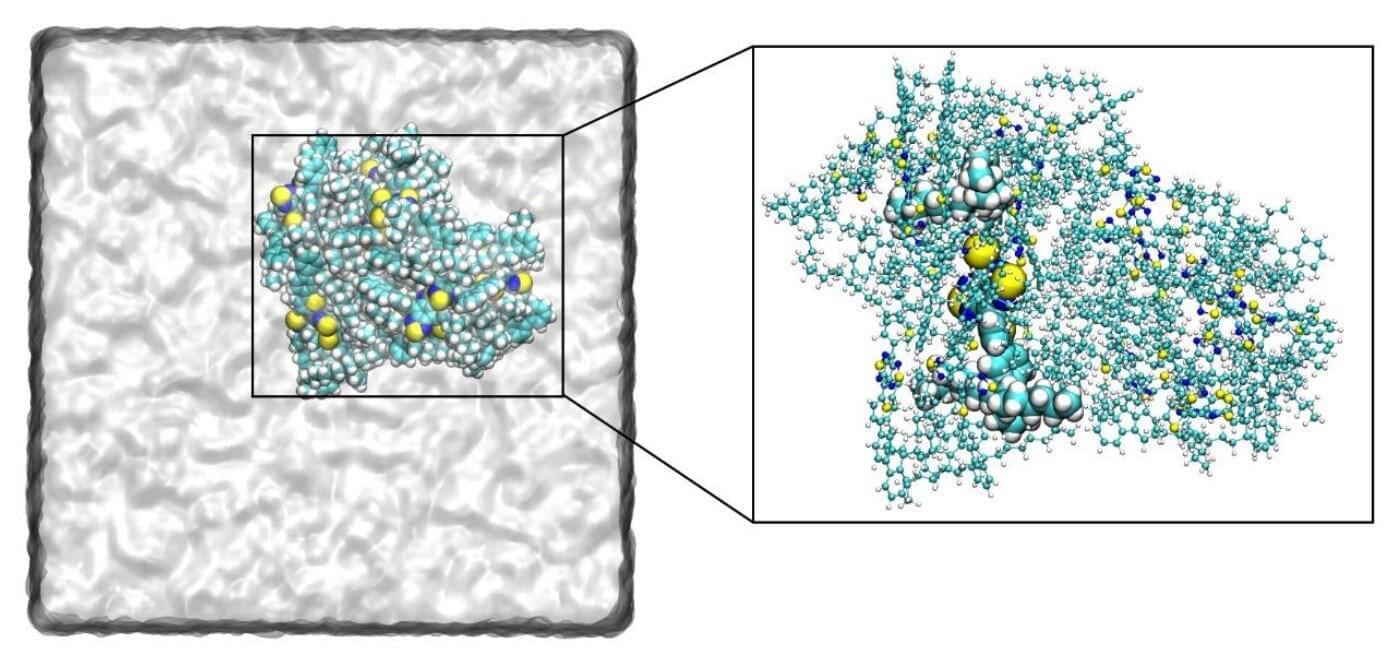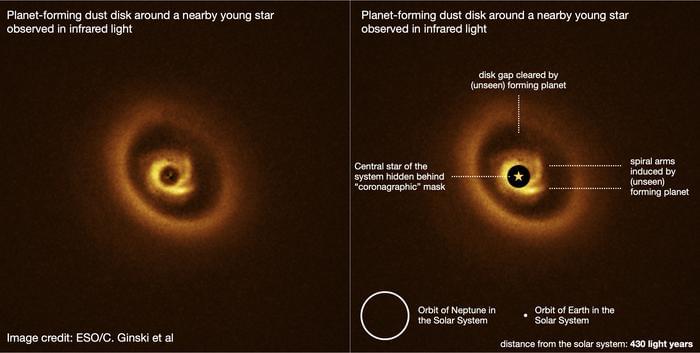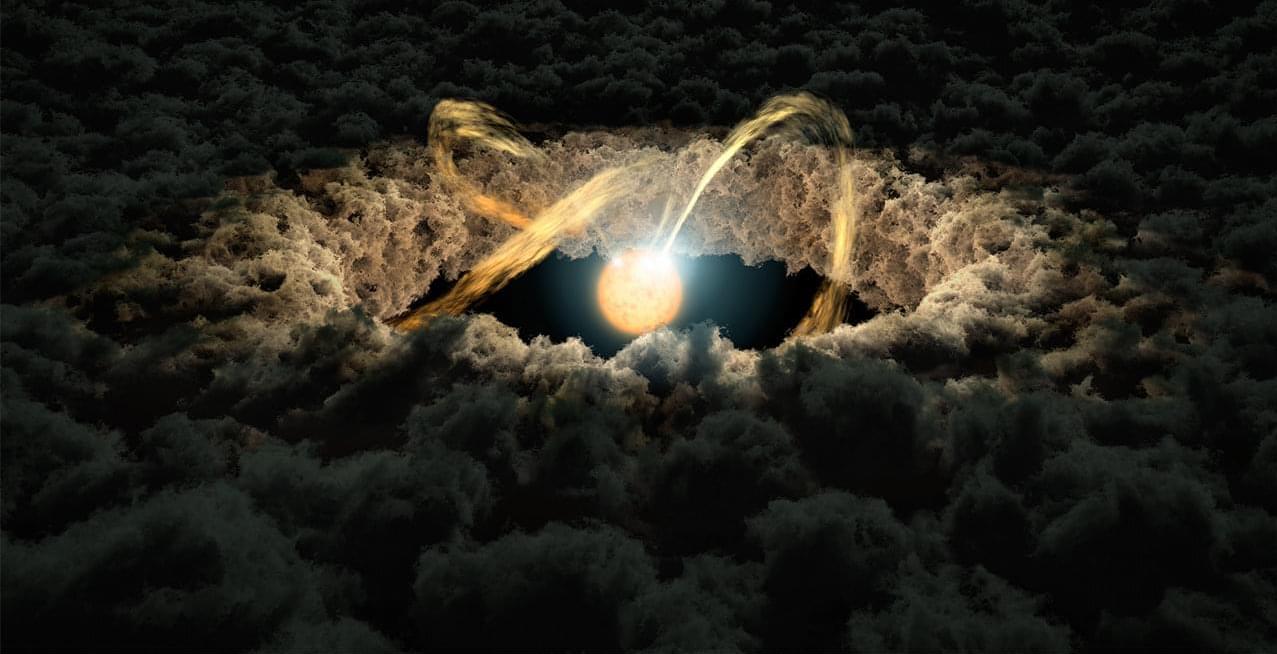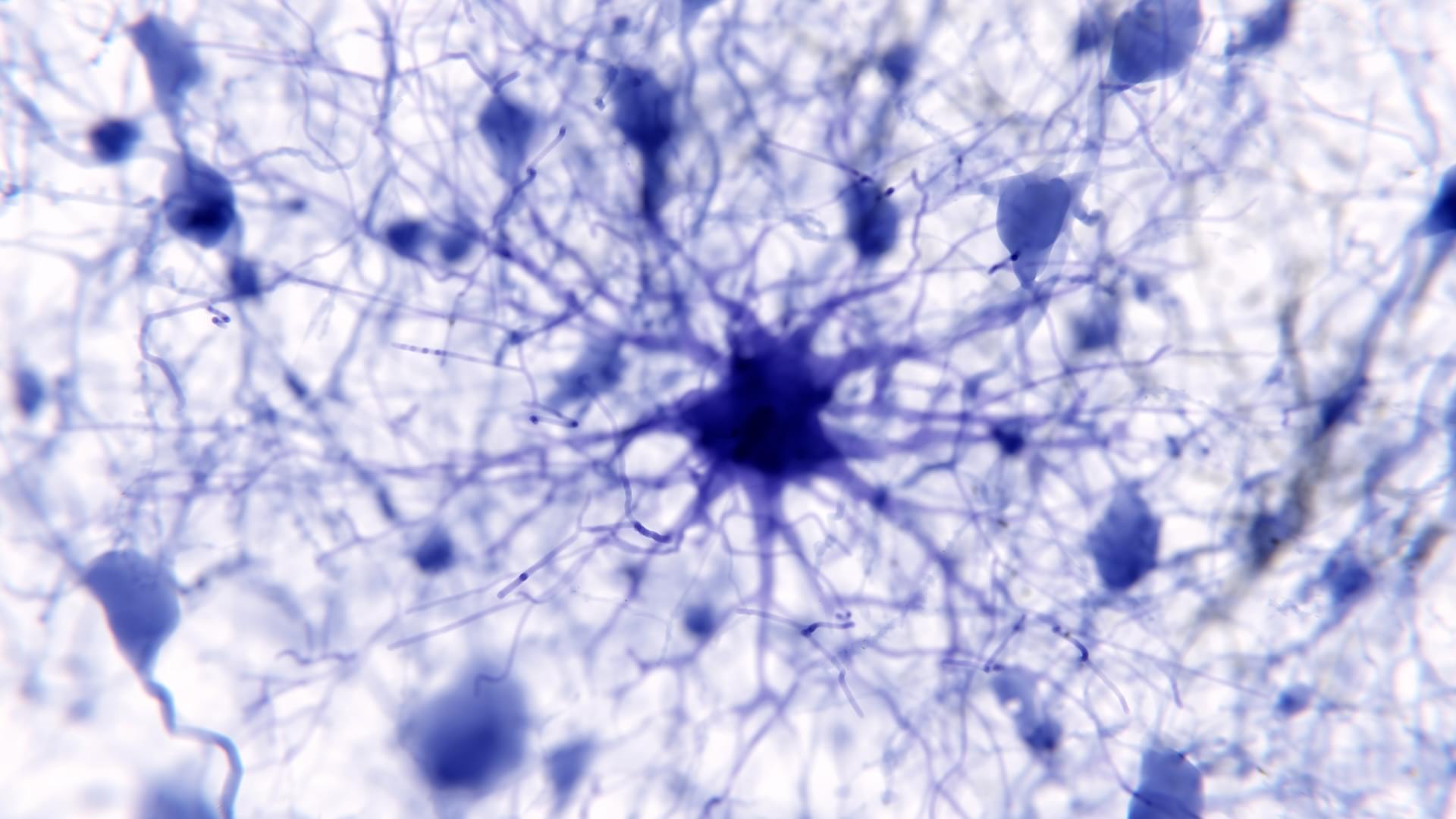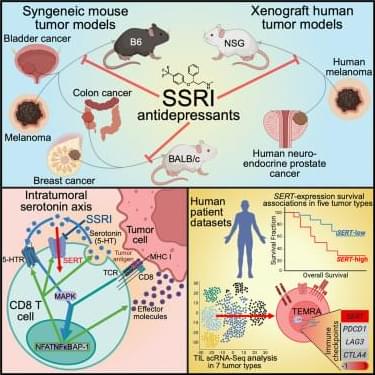Breast cancer is the most prevalent malignancy among women worldwide. Phototheranostics—an approach that uses light both to detect and treat cancerous lesions—has drawn growing attention due to its potential advantages, including light-triggered, non-invasive real-time diagnosis and simultaneous in situ therapy.
One promising strategy in light-based cancer treatment is photothermal therapy (PTT), which employs photothermal agents—ideally with tumor-targeting capability—to convert light irradiation into localized heat. However, challenges remain in the clinical translation of PTT, particularly the risks of overheating and damaging healthy tissue, as well as the potential failure to effectively ablate tumors.
In a study published in PNAS, a team led by Zhang Pengfei from the Shenzhen Institutes of Advanced Technology (SIAT) of the Chinese Academy of Sciences, in collaboration with Jong Seung Kim from Korea University, Jonathan L. Sessler from the University of Texas at Austin, and Zhou Hui from the Nanjing University of Posts and Telecommunications, developed a dual-laser PTT (DLPTT) strategy for breast cancer therapy.
